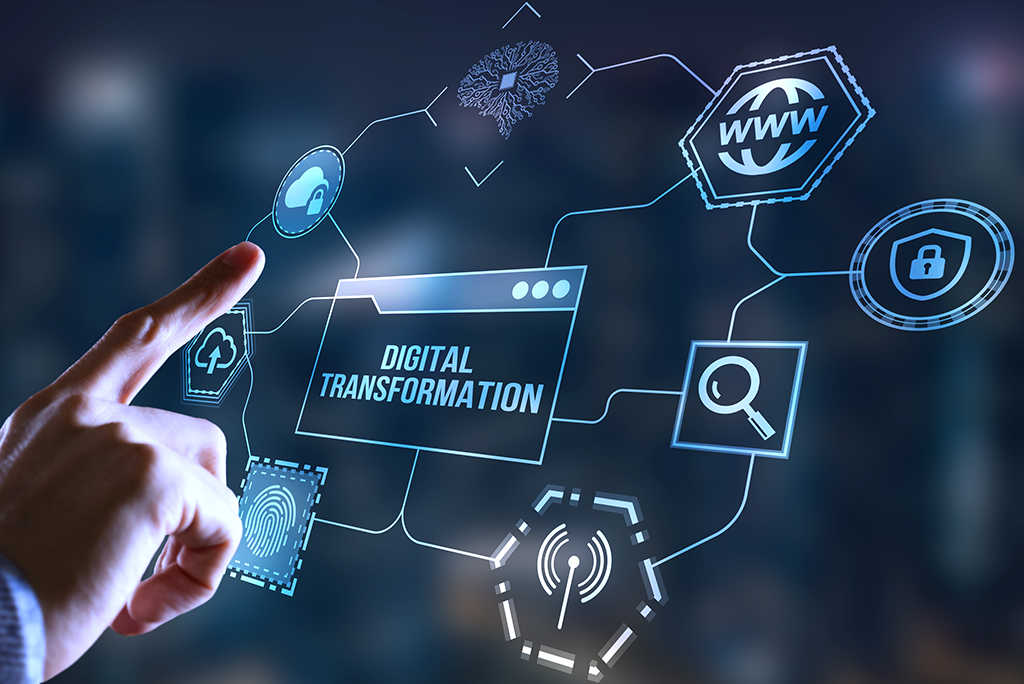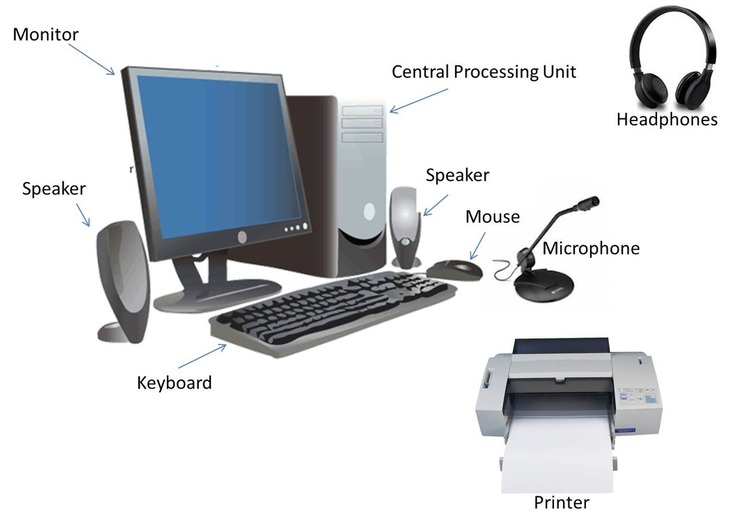In today’s digital age, software plays a pivotal role in shaping the way we live, work, and interact with technology. From personal applications on our smartphones to complex systems running in the background of global enterprises, software is the invisible force behind almost every interaction we have with computers and digital devices. This blog post aims to explore what software is, its types, how it functions, and why it is so important in the modern world.
1. What is Software?
Software refers to a collection of data, programs, and instructions that tell a computer how to perform specific tasks. Unlike hardware, which consists of the physical components of a computer, software is intangible—it exists purely as code that instructs hardware on what actions to perform. In simple terms, software is the brain of any digital device, enabling it to execute specific functions.
Software operates in two primary categories: system software and application software. System software includes the essential programs that manage and control the computer hardware, while application software refers to programs designed to perform specific tasks for users, such as word processors, web browsers, or games.
2. Types of Software
Understanding the different types of software is key to comprehending how it functions and how it impacts our daily lives. Broadly speaking, software can be divided into three main categories: system software, application software, and development software.
System Software
System software is responsible for managing and operating the hardware of a computer. The most fundamental type of system software is the operating system (OS), such as Windows, macOS, or Linux. The OS manages hardware resources like memory, processing power, and storage, ensuring that the computer functions smoothly and efficiently. It also provides an interface between the user and the hardware, allowing users to interact with the system through graphical user interfaces (GUIs) or command-line interfaces (CLI).
Other types of system software include device drivers, which allow the OS to communicate with external hardware devices, such as printers or graphics cards, and utility software, which performs maintenance tasks like virus scanning or disk cleanup.
Application Software
Application software is what most people think of when they hear the term “software.” These are the programs we use daily to perform specific tasks, such as creating documents, browsing the web, or editing photos. Common examples include:
-
Word processors like Microsoft Word for creating and editing text documents.
-
Spreadsheets such as Microsoft Excel for managing and analyzing data.
-
Web browsers like Google Chrome and Mozilla Firefox for browsing the internet.
-
Media players for viewing videos or listening to music.
Application software is designed to meet the specific needs of users, and it ranges from simple tools like calculators to complex programs used in industries such as graphic design, engineering, and data science.
Development Software
Development software, or programming tools, are used to create other types of software. These tools include compilers, debuggers, and integrated development environments (IDEs), such as Visual Studio or Eclipse. These software applications help developers write, test, and maintain code, allowing them to create new software and applications. Development software is essential for anyone involved in the field of software engineering, as it provides the tools needed to translate human instructions into machine-readable code.
3. How Does Software Work?
At its core, software operates by providing a set of instructions for the hardware to follow. These instructions are written in programming languages, such as Python, Java, or C++. The code is then compiled or interpreted into machine language, which the computer’s processor can understand and execute.
When you open an application or perform an action on your computer, the software sends instructions to the hardware, telling it what to do. For example, if you open a file in a word processor, the software communicates with the hard drive to retrieve the file, then sends that data to the screen to be displayed. All of this occurs in a fraction of a second, thanks to the underlying software that runs the system.
In more complex applications, such as video games or enterprise software, software may interact with databases, external APIs, and cloud services to gather data, process information, and deliver results in real-time.
4. The Importance of Software in Modern Society
Software has permeated every aspect of modern life. From smartphones and laptops to industrial machines and medical devices, software enables the functionality of the technologies we rely on daily. The importance of software cannot be overstated in the following areas:
Business Operations
In the business world, software is indispensable. Enterprises rely on software to manage everything from finances and inventory to customer relations and employee collaboration. Customer Relationship Management (CRM) systems, Enterprise Resource Planning (ERP) software, and accounting tools like QuickBooks all play crucial roles in optimizing business processes and improving efficiency. Without software, managing and scaling businesses would be a complex, time-consuming, and error-prone endeavor.
Healthcare
The healthcare industry benefits enormously from software. Medical software applications are used to manage patient records, schedule appointments, track treatments, and even assist in diagnostics through advanced algorithms. Electronic Health Records (EHR) systems have streamlined medical workflows, allowing healthcare providers to deliver more accurate and timely care. Additionally, software is pivotal in the development of medical devices, such as MRI machines and pacemakers, that save lives daily.
Education
Software has revolutionized the way education is delivered. From virtual classrooms and e-learning platforms to educational apps and software that track student progress, software enables students and teachers to access learning materials and collaborate in ways that were not possible before. Popular platforms like Google Classroom, Zoom, and Coursera have made education more accessible, offering flexible learning options that cater to students around the world.
Entertainment
The entertainment industry has undergone a major transformation due to software. Streaming services like Netflix, Spotify, and YouTube have disrupted traditional media consumption, allowing users to watch movies, listen to music, and play games on-demand. Video games, powered by complex software engines, provide immersive experiences that entertain millions across the globe.
5. The Future of Software
As technology continues to advance, so does the software that powers it. Artificial intelligence (AI), machine learning, and blockchain are just a few examples of emerging technologies that are reshaping the software landscape. AI-powered software is becoming increasingly sophisticated, automating tasks that once required human intervention and providing new capabilities across various industries.
Additionally, as the world becomes more interconnected, cloud computing is likely to continue growing. Cloud-based software allows users to access applications and data from anywhere, fostering collaboration and improving accessibility. This shift is expected to further transform how software is developed, delivered, and used across the globe.
In conclusion, software is the cornerstone of modern technology, enabling everything from basic tasks to complex systems that drive innovation and progress. As we move further into the digital age, software will continue to evolve, shaping the future of industries, economies, and societies in ways we can only begin to imagine. Its influence is undeniable, and understanding its components, uses, and significance is crucial in navigating an increasingly software-driven world.







